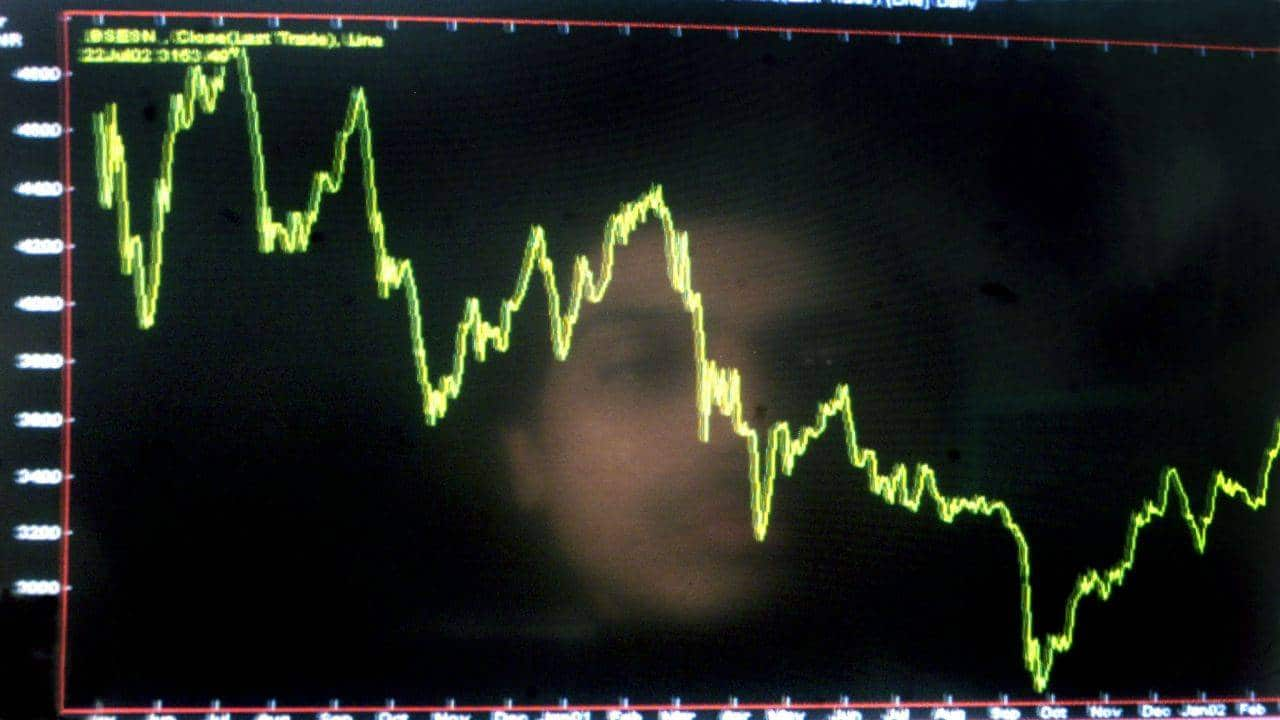Hedging: Passive vs Active & its benefits| Quantsapp
Two key types of Heding are Passive vs Active. While Passive hedging focuses on eliminating the risk, Active hedging focuses on the dual objective of reducing the risk at the same time generating some returns.
SHUBHAM AGARWAL | 21-Aug-21
Reading Time: 3 minutes

undefinedWhat are the different types of Hedging ? Had someone asked me this question a few years back, I would have said, “Hedging is Hedging what’s there to bifurcate?”
But, over the period of the last few years, this term has predominantly added a couple of facets. I will keep the nomenclature the same as that of other asset classes so that it is easy to understand.
The definition along with its key benefits will help us realize depending upon the state of market trend and our own profile which one suits us best and when.
Two key types of Heding are Passive vs Active. While Passive hedging focuses on eliminating the risk, Active hedging focuses on the dual objective of reducing the risk at the same time generating some returns.
Now, for investors and all future traders the straightforward Passive hedging makes sense. This is a simple strategy where one enters an offsetting position in the area of pain. The simplest example of the same is that in a normal market, an investor or future buyer just goes ahead and buys and at the money put and holds the position till the contract expires or materializes.
On the other hand, Active hedging is most suitable for the rather active/attentive traders. The number of trades in this hedge may be little more than Passive hedging. Still trying this to a set of traders would not be a suitable representation. Let us understand why with a couple of examples of Active Hedges.
1. Buy Future and Buy 2 Puts (little further away)
In an overheated rally, one wants to participate but the very late timing advocates an active hedge as based on the timing the future trader is not only hedging the risk (by limiting loss up to Put strike - Premium) but also making a provision for additional returns just in case there is a pullback.
2. Another type of Active hedge is Dynamic Synthetic Call
Here the trader Buys a Future and Buys a Put. This synthetic call turns dynamic when the Future Buy remains as it is and once the price of future goes up by taking a tiny loss on the Put bought, one gets out of it and moves to a higher strike Put. This locks the profits at a higher level. Similarly, the put strikes can be revised downwards in case a pullback is sensed reversing into an uptrend.
Based on the definition it is clear that Passive or classic hedging techniques will always be of great utility always. So, for all the Investors and more positional traders, it may prove to be an ultimate solution. Similarly in a rather unidirectional market, where the trend is in place and yet there is a lot of headroom expected, Passive hedging works (as and when needed).
However, the situation just mentioned, and the kind of passive market activity may not be prevalent in many of the cases. Hence, it does make sense to resort to Active Hedging especially where the underlying has overdone a directional move or it is in a topsy-turvy mode as the classical hedging mechanism may turn out to be an expensive affair. The hedge created with an objective of returns as well as risk protection may just prove more economical.
Thus, once a domain of experienced traders Active and Passive hedging both should be prevalent in every trader's risk management artillery, to put to use when it is most apt.
Learn and read more about technical indicator from Quantsapp classroom which has been curated for understanding of option strategy from scratch, to enable option traders grasp the concepts practically and apply them in a data-driven trading approach.
Recent Articles

3 best Options trading strategies for investors: Shubham Agarwal
11-Jan-25

3 Option trading resolutions for 2025: Shubham Agarwal!
04-Jan-25

Biggest mistakes of an Option buyer: Shubham Agarwal
28-Dec-24

Deploy ITM Spreads for expiry week trading: Shubham Agarwal
21-Dec-24

Nifty stuck, Iron Fly to the rescue: Shubham Agarwal.
14-Dec-24

Combat rise in margin by writing with protection: Shubham Agarwal
07-Dec-24

Scale medium-term view with rollovers: Shubham Agarwal!
30-Nov-24

Track Risk Index – India VIX for fall relief: Shubham Agarwal
23-Nov-24

SHUBHAM AGARWAL is a CEO & Head of Research at Quantsapp Pvt. Ltd. He has been into many major kinds of market research and has been a programmer himself in Tens of programming languages. Earlier to the current position, Shubham has served for Motilal Oswal as Head of Quantitative, Technical & Derivatives Research and as a Technical Analyst at JM Financial.
Recent Articles

3 best Options trading strategies for investors: Shubham Agarwal
11-Jan-25 09:40:00

3 Option trading resolutions for 2025: Shubham Agarwal!
04-Jan-25 10:31:00

Biggest mistakes of an Option buyer: Shubham Agarwal
28-Dec-24 09:45:00

Deploy ITM Spreads for expiry week trading: Shubham Agarwal
21-Dec-24 10:26:00

Nifty stuck, Iron Fly to the rescue: Shubham Agarwal.
14-Dec-24 15:12:00

Combat rise in margin by writing with protection: Shubham Agarwal
07-Dec-24 18:53:00

Scale medium-term view with rollovers: Shubham Agarwal!
30-Nov-24 11:11:00











